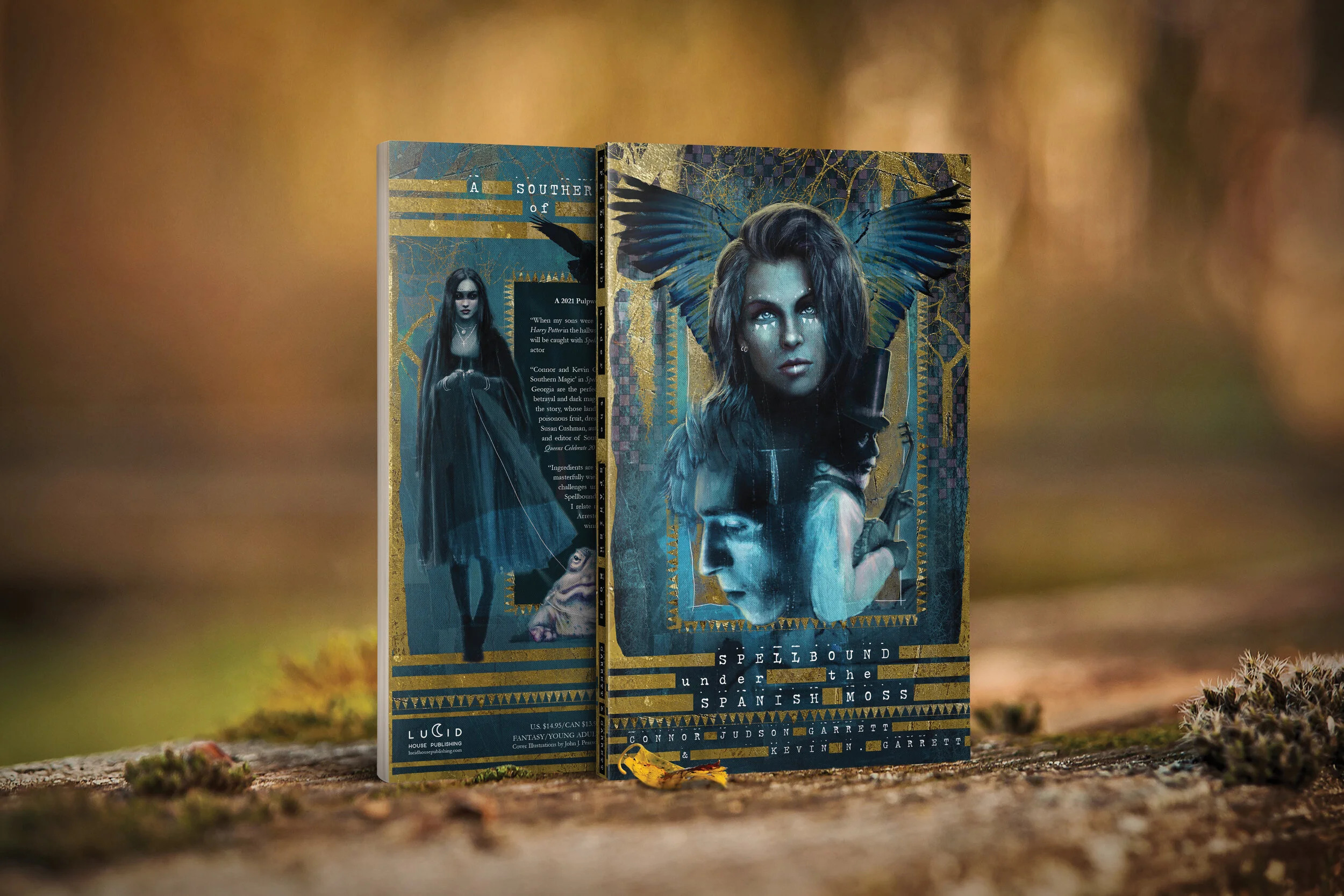Fractal Storytelling: Weaving Narratives within Narratives
Biomimicry is a problem-solving approach that emulates nature’s time-tested processes, strategies, and patterns.
Through billions of years of evolution, nature has already solved many of the challenges humans face. The idea behind biomimicry is to leverage these natural phenomena to make our own processes, technologies and overall lives better.
However, today, I want to apply biomimicry to the writing process by looking at a natural structure found in your blood vessels, lightning bolts, trees, ferns, and snowflakes: Fractals.
In short, fractals are self-repeating patterns.
Fractal storytelling weaves interconnected stories, creating a self-repeating pattern that spans from the microcosm of a short story to the vast macrocosm of a shared universe. It's a technique that enriches the narrative landscape, empowering writers to repurpose content efficiently and transform the solitary act of writing a chapter into the building blocks of larger fictional worlds.
The Essence of Fractal Storytelling
In fractal storytelling, each chapter serves as a standalone short story, yet collectively, they intertwine and expand to form a rich novel tapestry. But it doesn't end there. These novels seamlessly integrate into a series, each piece an essential part of a larger mosaic—a shared universe. This method invites readers to immerse themselves in the layers of the narrative, enticing them to explore and uncover the intricate connections that bind the whole.
Efficiency through Repurposing
Fractal storytelling offers a compelling advantage: efficiency. Creating an entire universe from scratch can be daunting for writers, requiring creativity and a significant investment of time. However, by embracing fractal storytelling, writers can reuse content across various narrative levels. A character's backstory in one novel can become the central focus of a short story, or a passing mention of an event can later evolve into a captivating tale. This approach allows writers to expand their narrative universe without starting from scratch, maximizing the impact of each story element.
Stephen King's skillful utilization of fractal storytelling, mainly through establishing the KingVerse, has contributed significantly to his writing productivity and effectiveness. By interconnecting characters, settings, and narratives across his extensive work, King has expertly crafted a complex and interconnected literary universe that enhances each story while efficiently using his creative resources. For King, this method streamlines the creative process by drawing from pre-existing elements and deepens the narrative complexity.
Shared Universes and Easter Eggs: The Delight of Discovery
As readers delve into different storylines, they are greeted by familiar characters, settings, or events, offering a sense of continuity and thrilling discovery.
Every page of a fractal-structured story holds hidden treasures—Easter eggs, obscure references, and inside jokes - waiting to be uncovered by dedicated fans. These delightful surprises enrich the reading experience and reward the attentiveness and loyalty of readers. As the narrative deepens, so does the connection among readers, forming a vibrant and passionate community united in their collective quest to unveil every secret and unravel the mysteries of the universe.
From Writing Process to Writing System
There's a fundamental and intriguing difference between having a writing process and establishing a comprehensive writing system. A writing process typically involves a series of steps that a writer follows to complete a work, focusing on the intricacies of the writing journey. On the other hand, a writing system encompasses a strategic framework that includes creating individual works and considering how they fit into the larger narrative ecosystem.
Imagine a writing system as a grand tapestry, where each thread represents a carefully crafted piece of writing, intricately woven together to form a rich and captivating narrative. Fractal storytelling, a paradigm shift towards this system-oriented approach, encourages writers to transcend the confines of their immediate story. It invites them to envision how each piece contributes to and enriches the broader narrative universe they're constructing, adding depth, complexity, and cohesiveness.
Implementing Fractal Storytelling
For writers fascinated by the potential of fractal storytelling, the journey commences with a solitary tale. Begin by crafting captivating short stories that possess their own allure while harboring the essence of grander narratives within. As these stories multiply, they seek natural connections and recurring themes that can interweave them into a harmonious novel and even larger narrative structures like shared universes.



